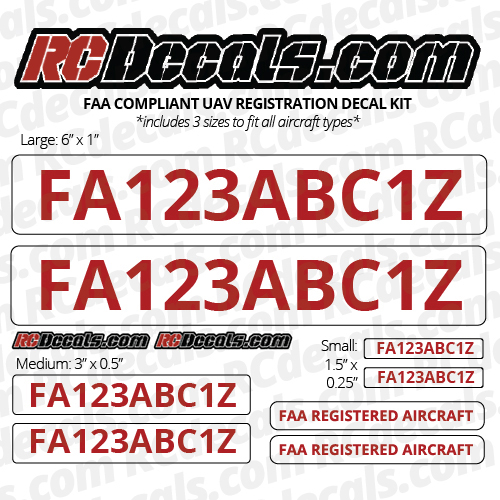
This would include things like volunteering to use your drone to survey coastlines on behalf of a non-profit organization. Goodwill can also be considered non-recreational. Note: Non-recreational drone flying include things like taking photos to help sell a property or service, roof inspections, or taking pictures of a high school football game for the school's website.Almost all non-recreational drone flying is regulated by Part 107. The default regulation for drones weighing under 55 pounds is Part 107.

Before you fly your drone, you need to know which regulations apply to your flight. Compensation, or the lack of it, is not what determines if a flight was recreational or not. Many people assume that a recreational flight simply means not flying for a business or being compensated. The Recreational UAS Safety Test or TRUST is available! Recreational flyers are encouraged to take and pass TRUST at their earliest opportunity and carry proof of passage when flying. However, if you want to fly a drone for purely recreational purposes, there is a limited statutory exception ("carve out") that provides a basic set of requirements. The rule for operating unmanned aircraft systems ( UAS) or drones under 55 pounds in the National Airspace System ( NAS) is 14 CFR Part 107, referred to as the Small UAS Rule. Be sure to use the email you used when you originally registered your drone with the FAA.
#FAA DRONE LIST PASSWORD#
If you are having trouble logging into the DroneZone, you may need to reset your password ( PDF).
#FAA DRONE LIST REGISTRATION#


Airport Safety Information Video Series.Passenger Facility Charge (PFC) Program.Airport Coronavirus Response Grant Program.General Aviation & Recreational Aircraft.Vintage & Experimental Aircraft Program.Aviation Safety Draft Documents Open for Comment.


 0 kommentar(er)
0 kommentar(er)
